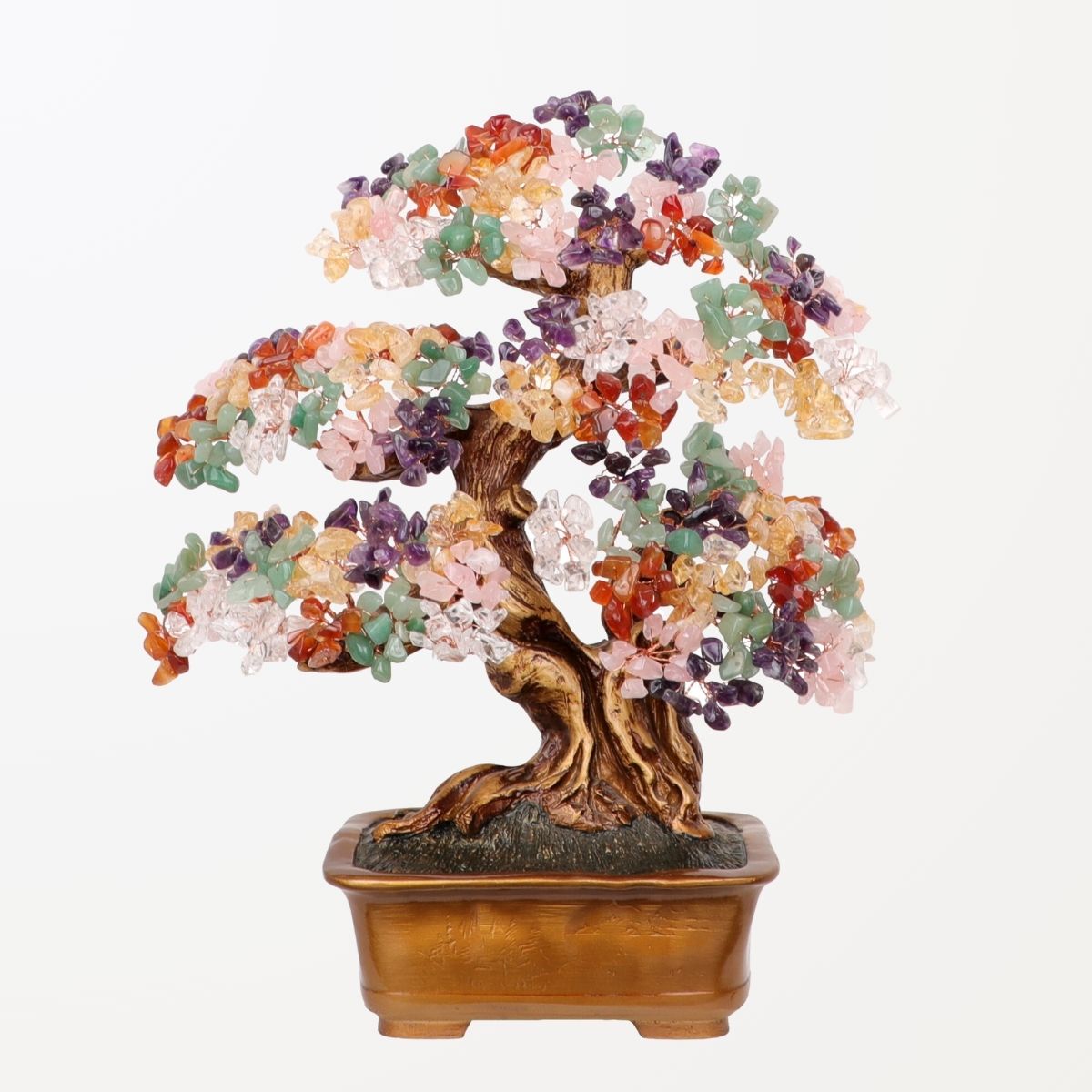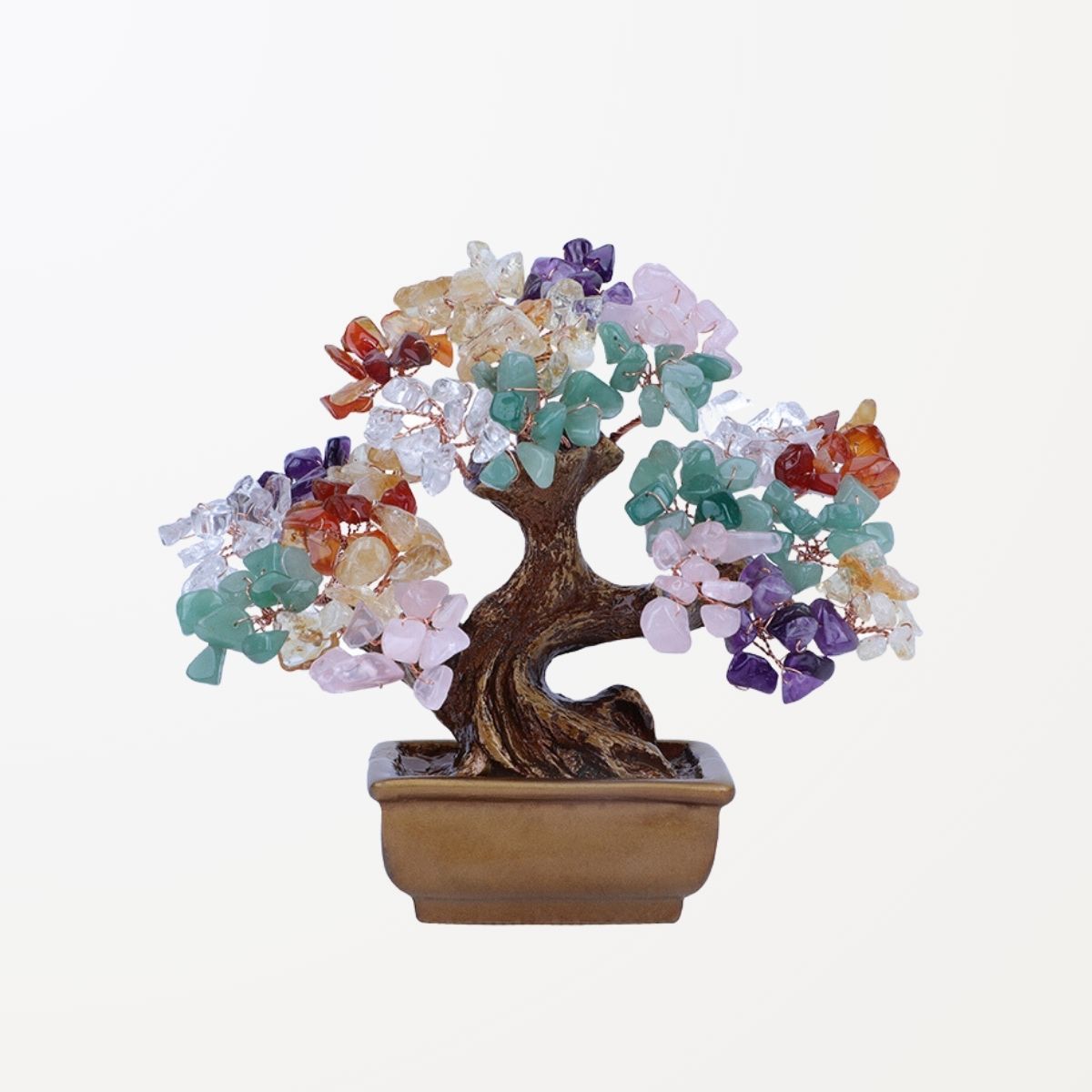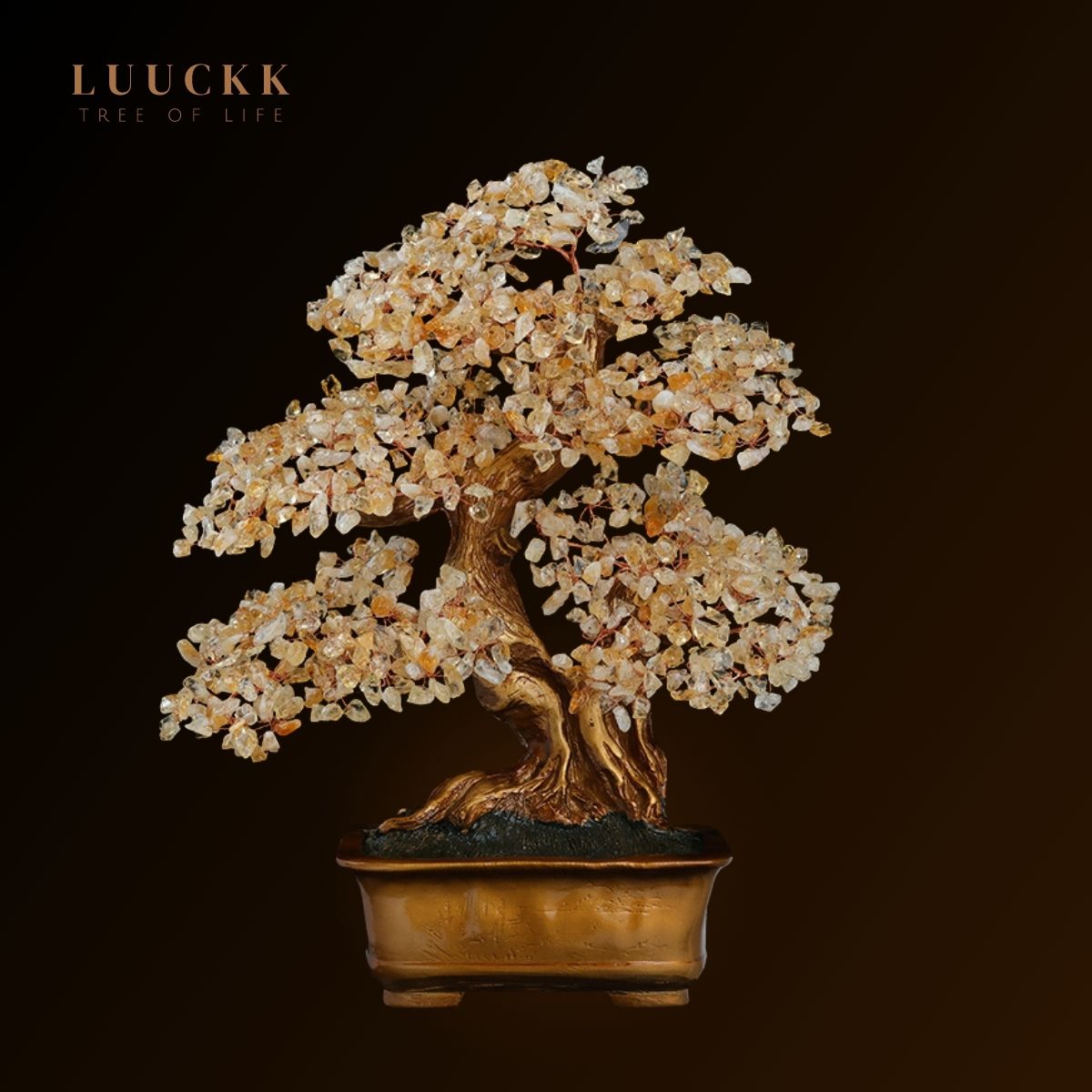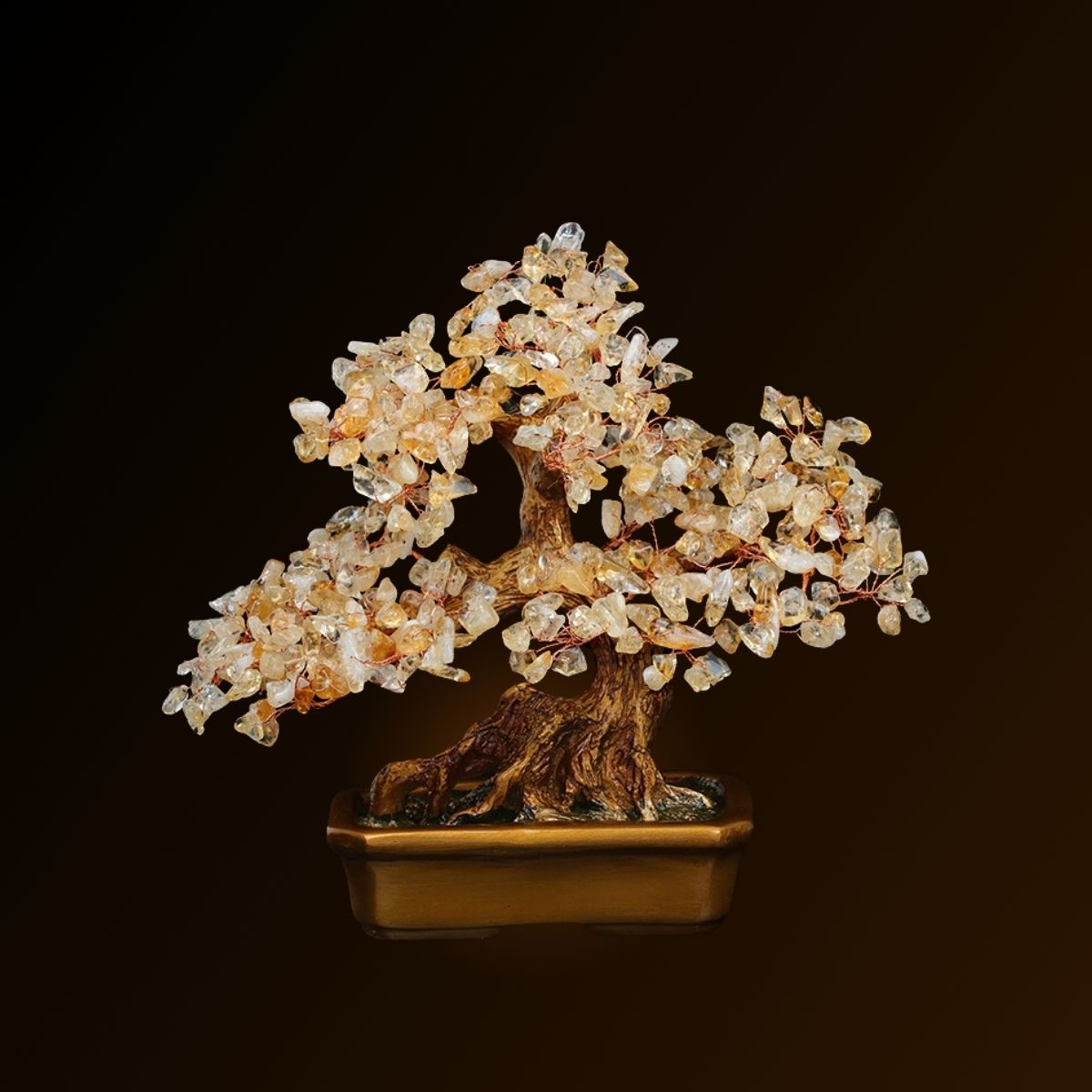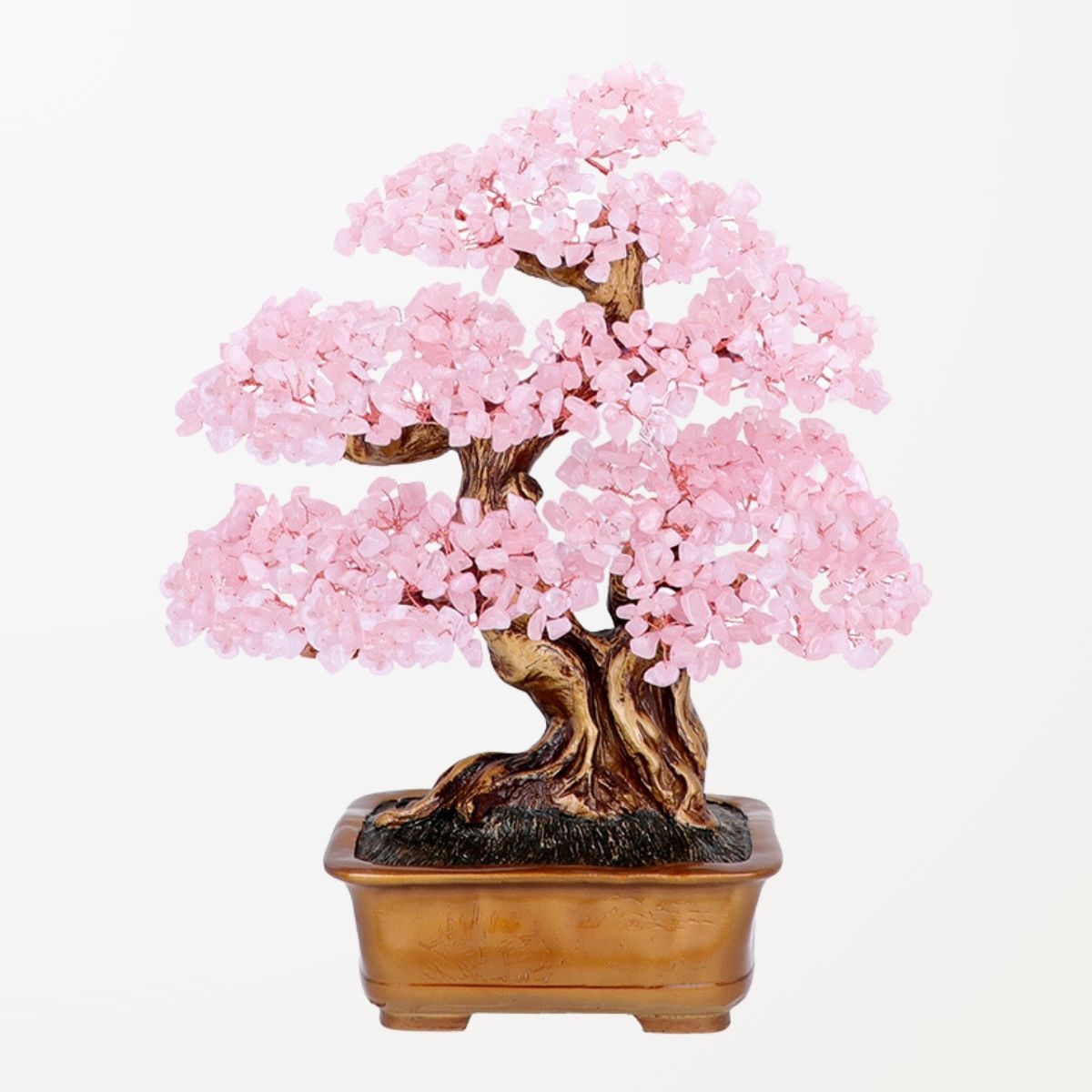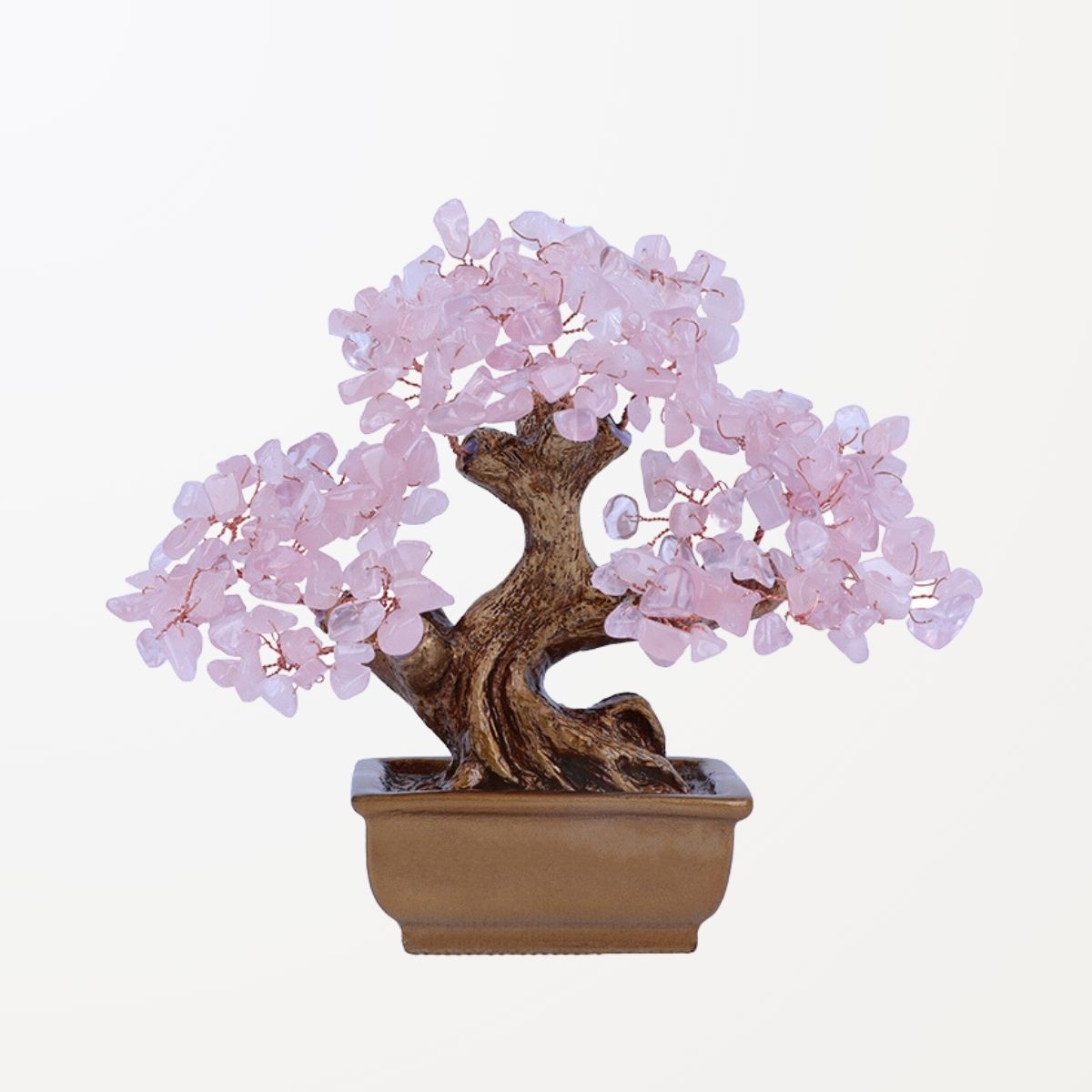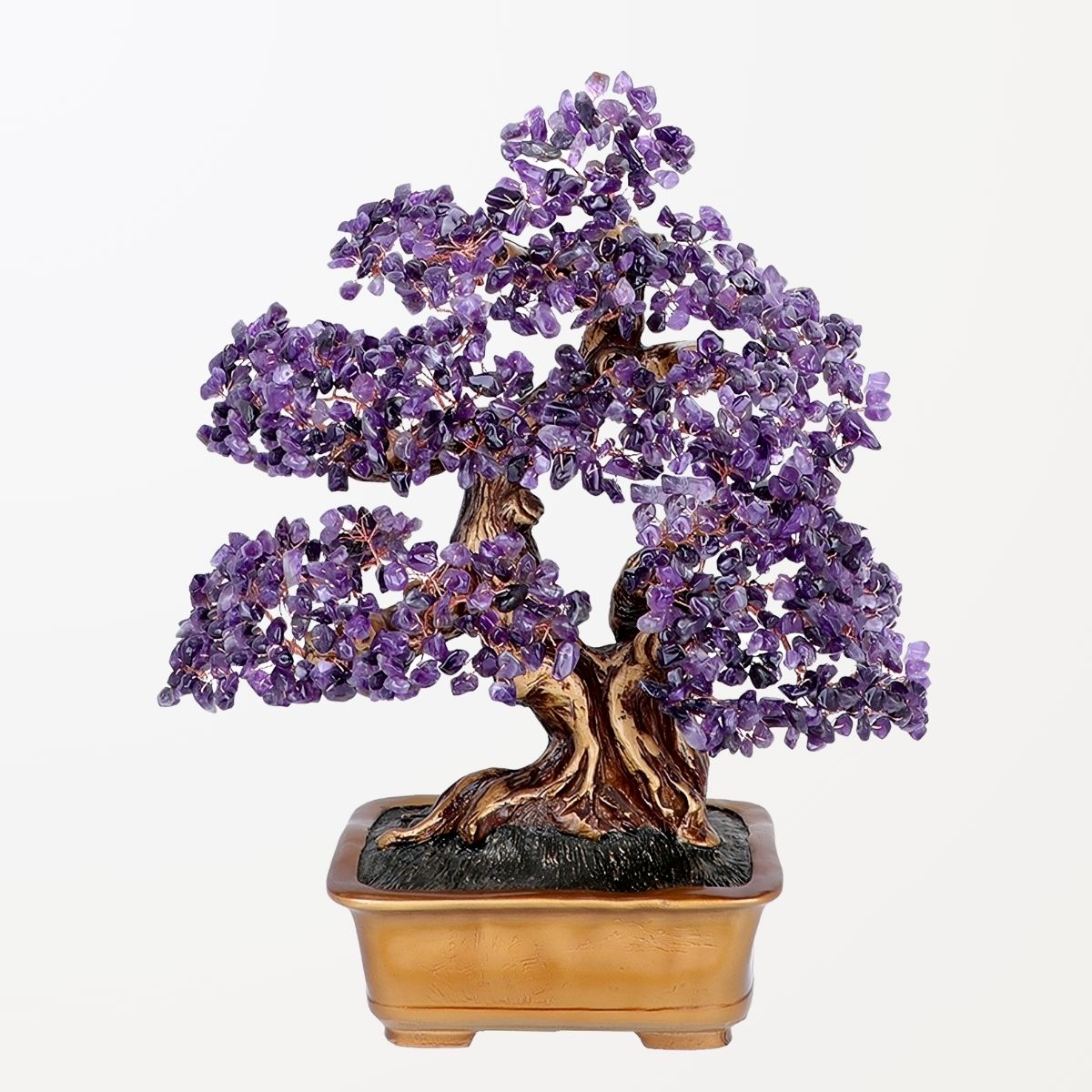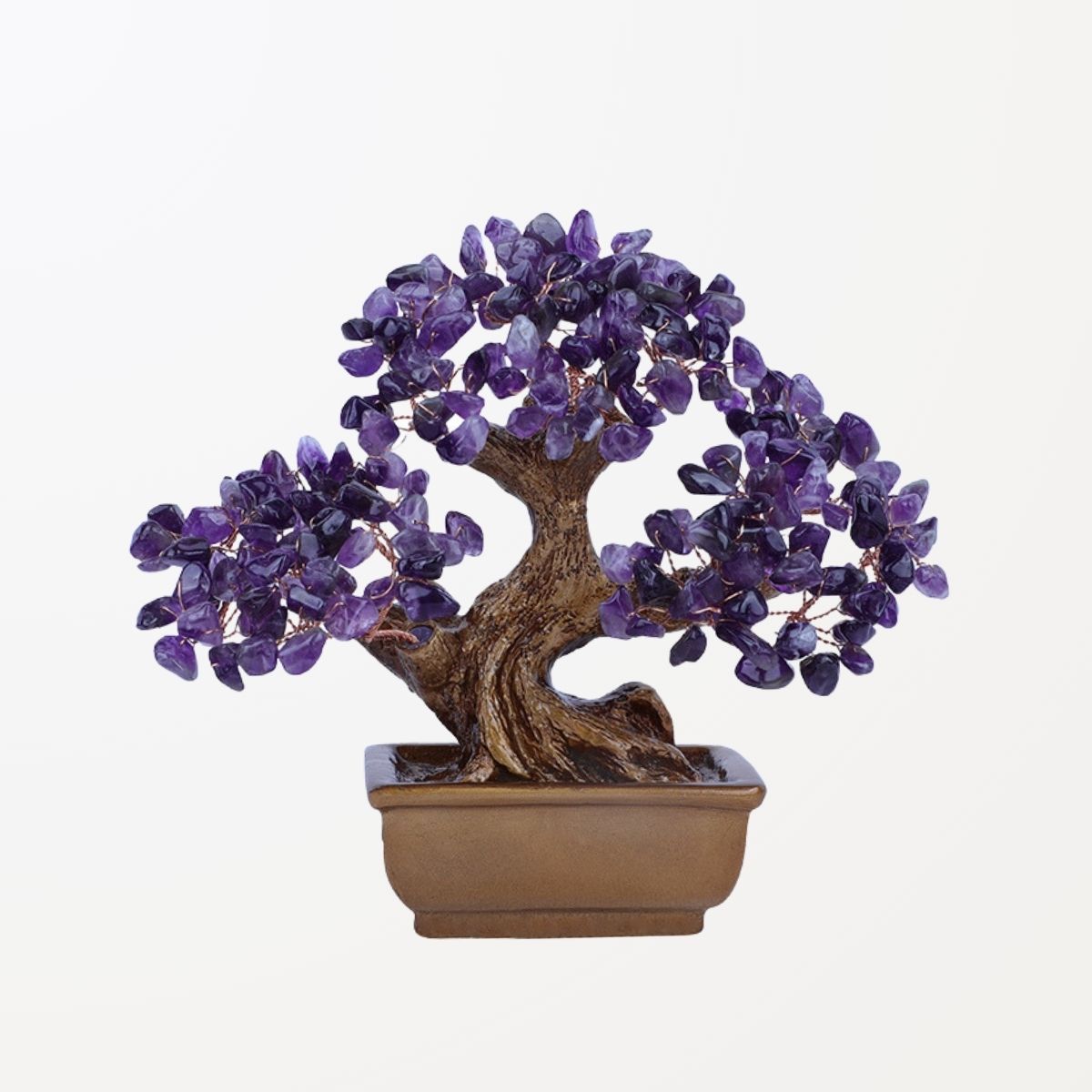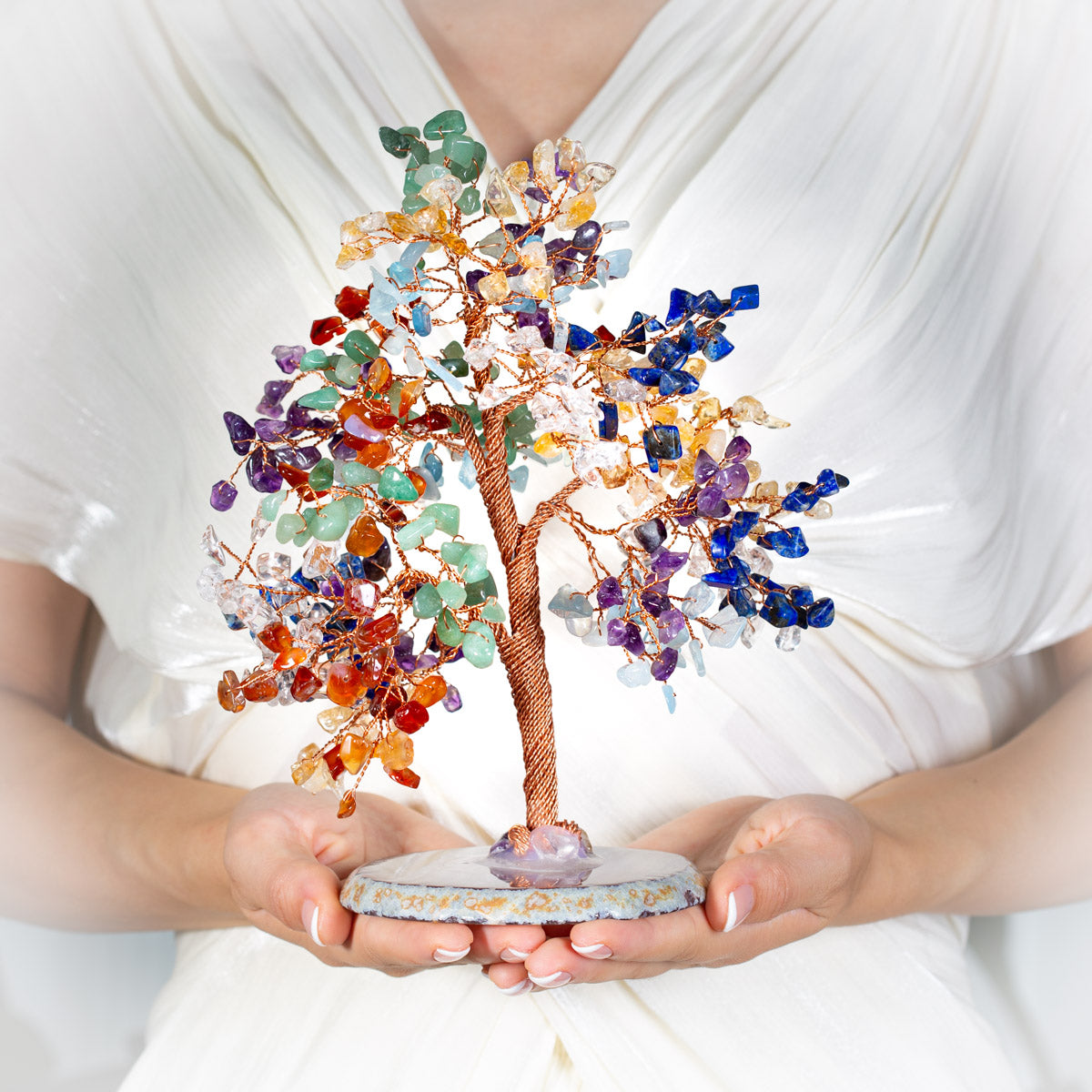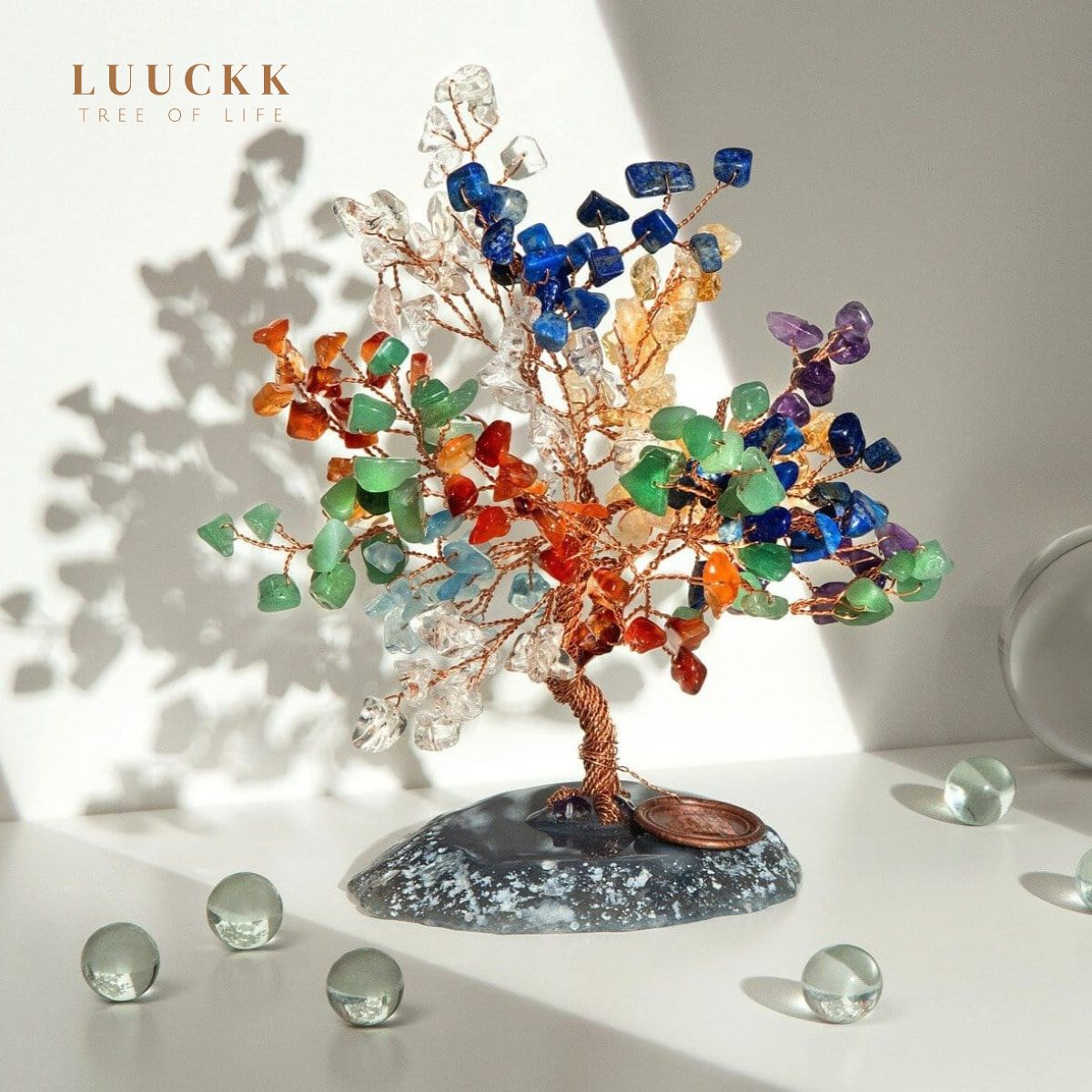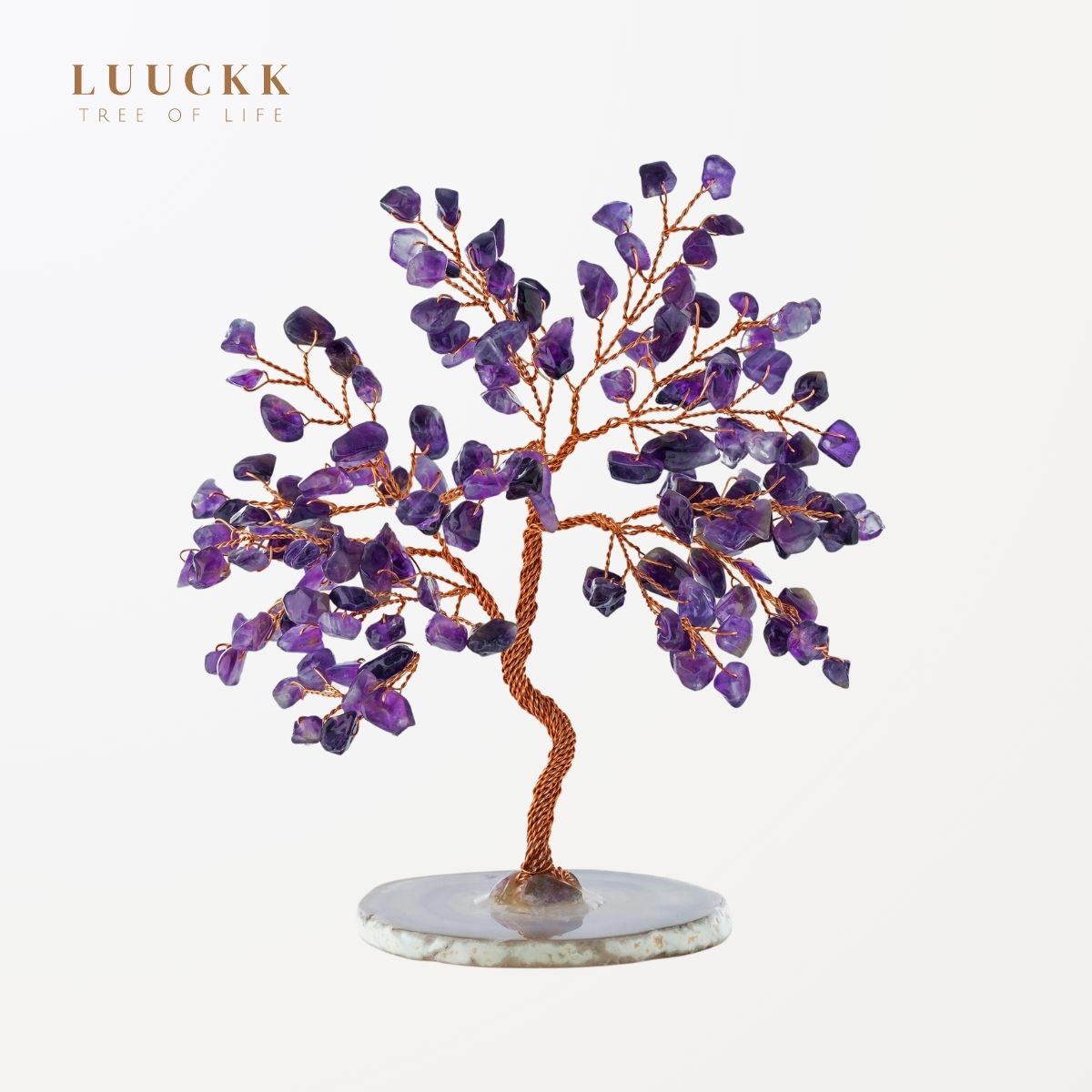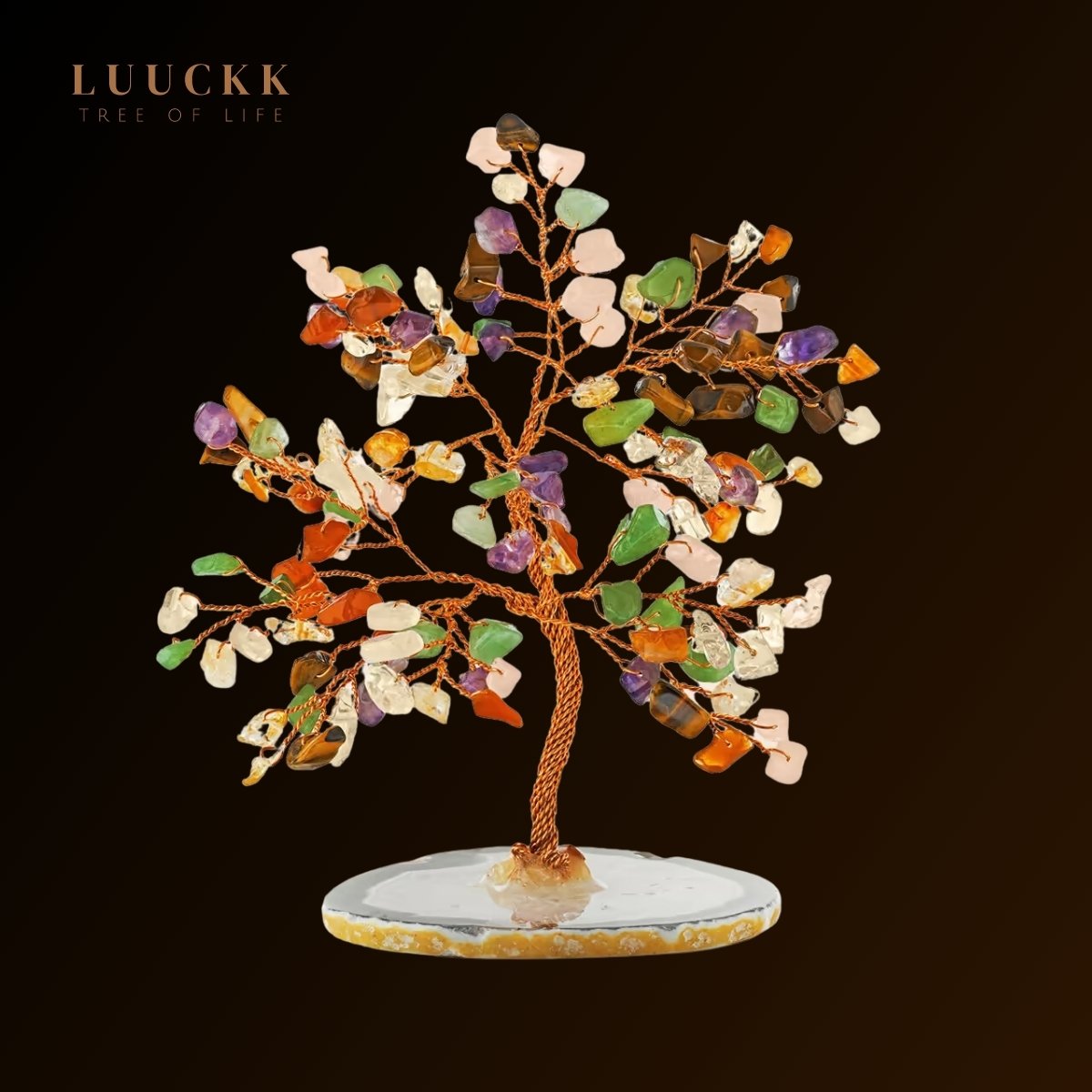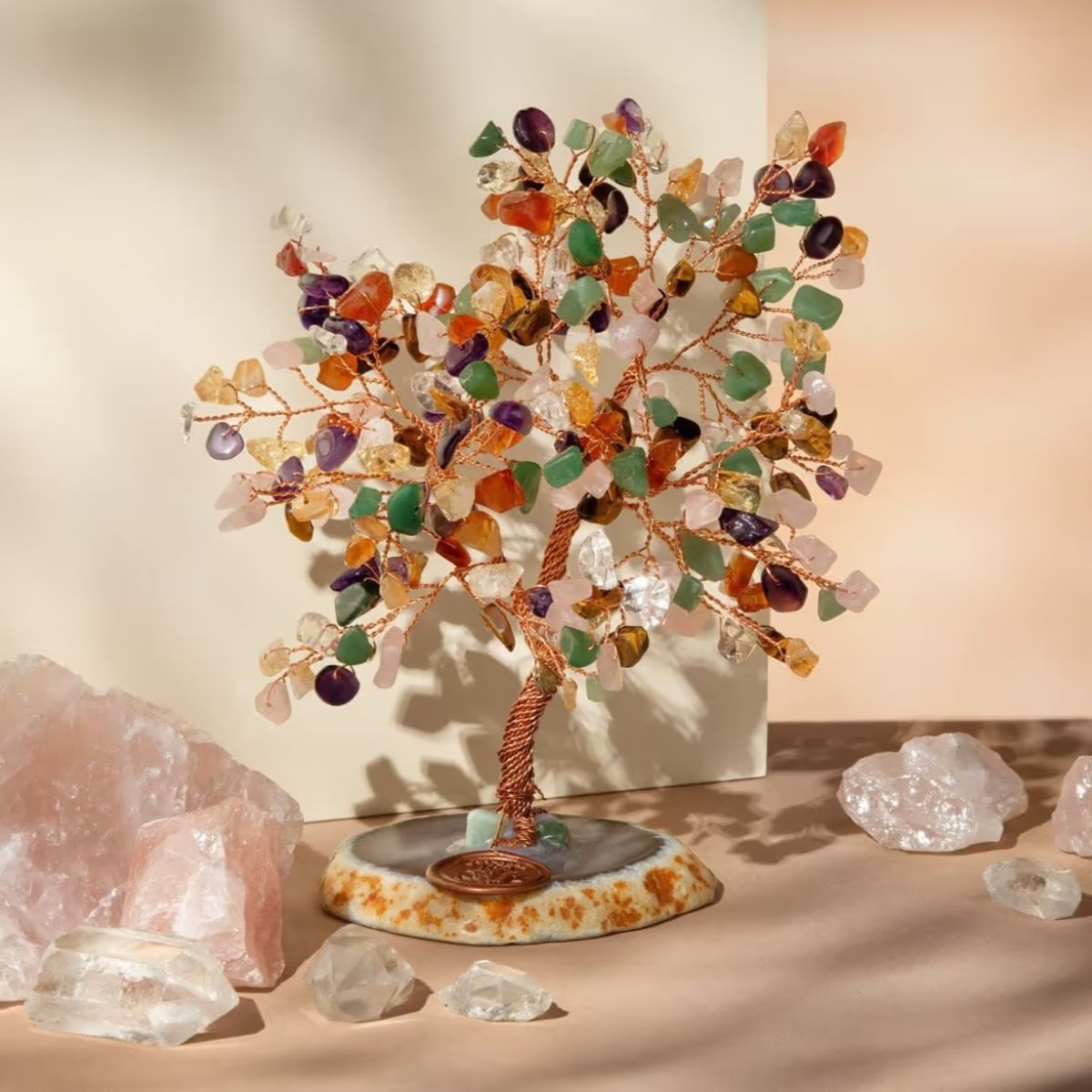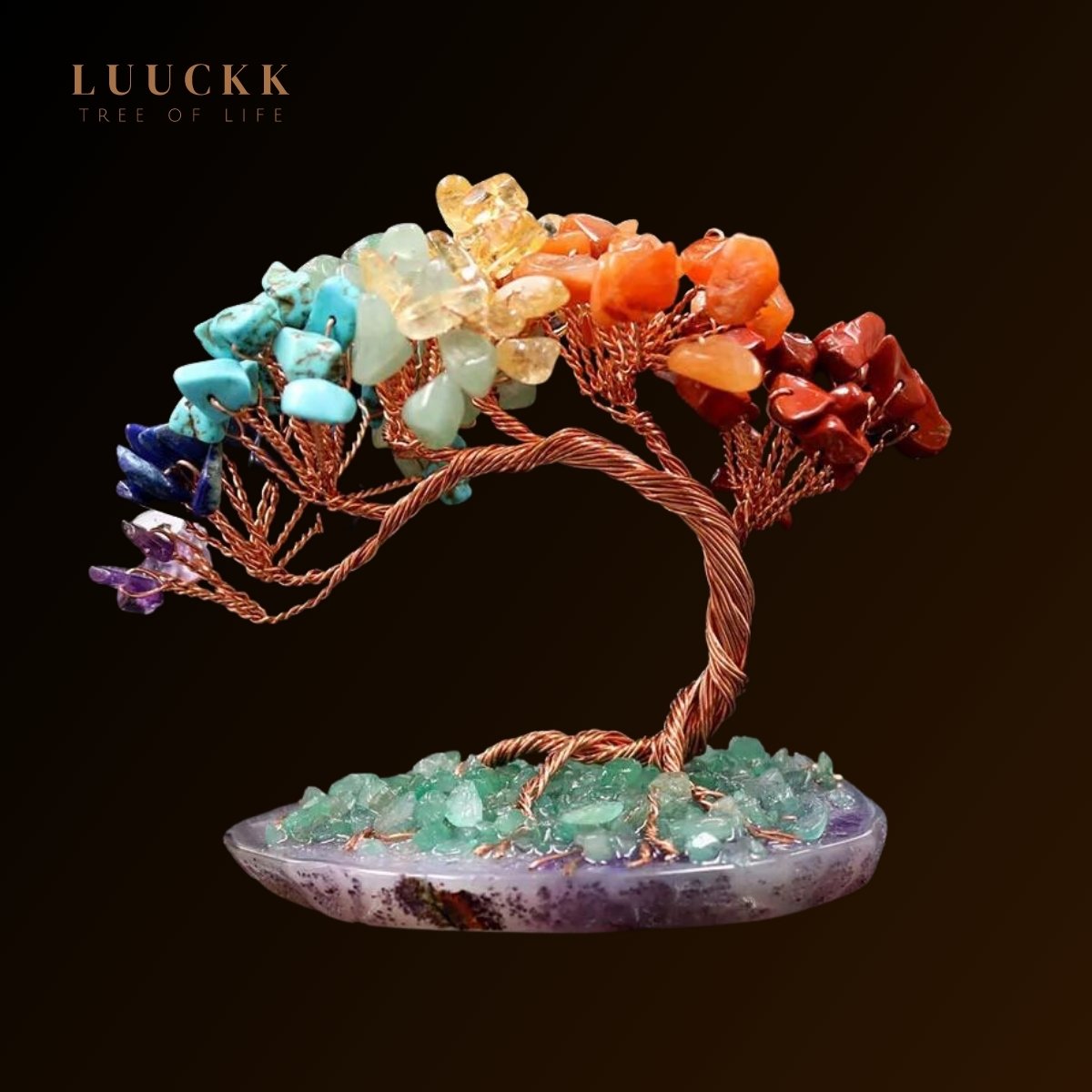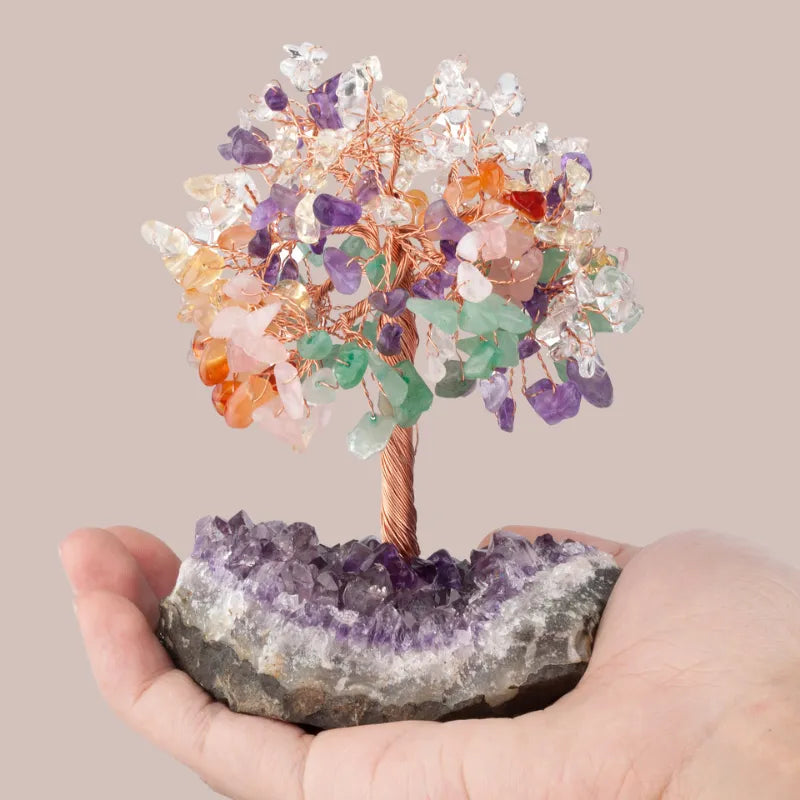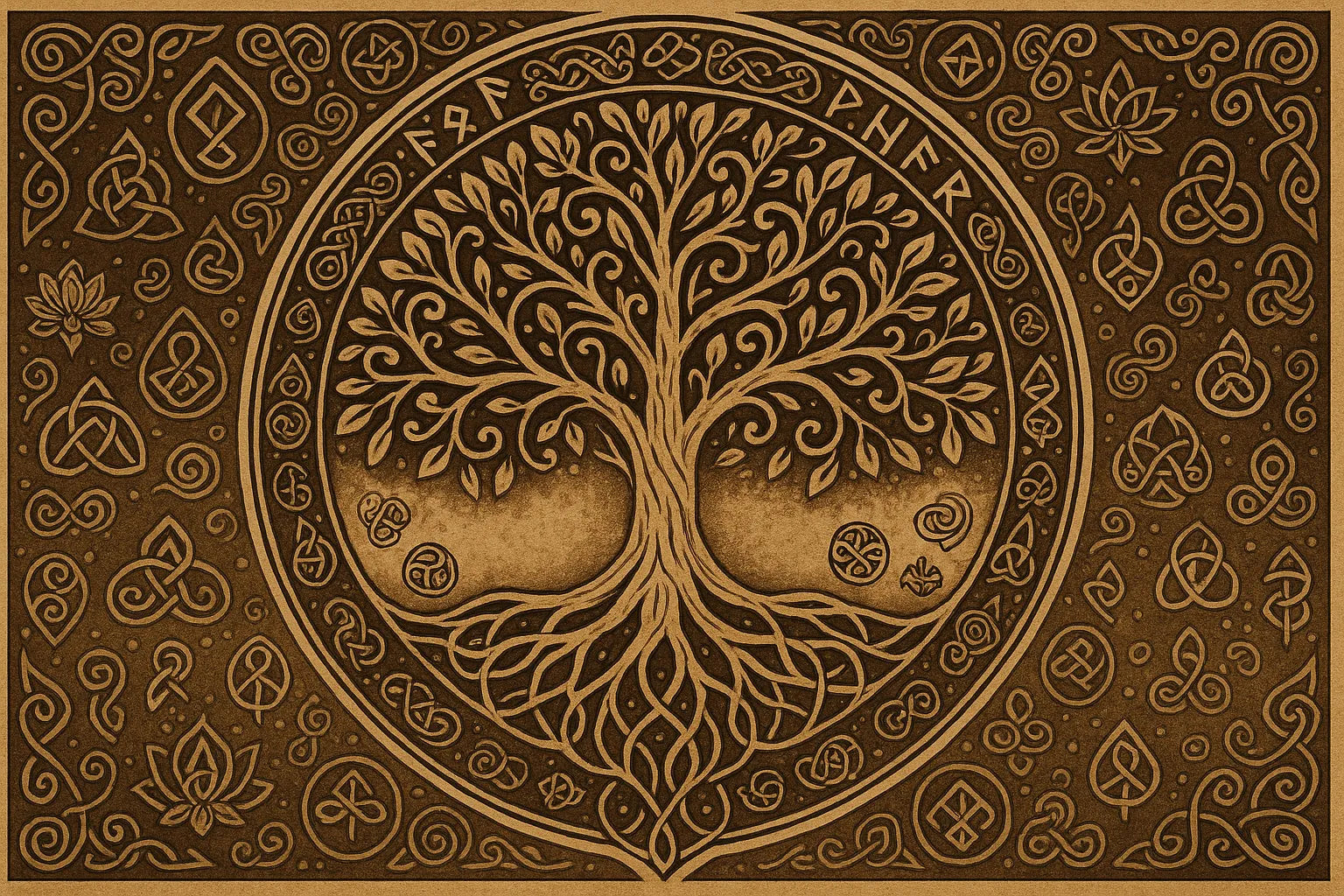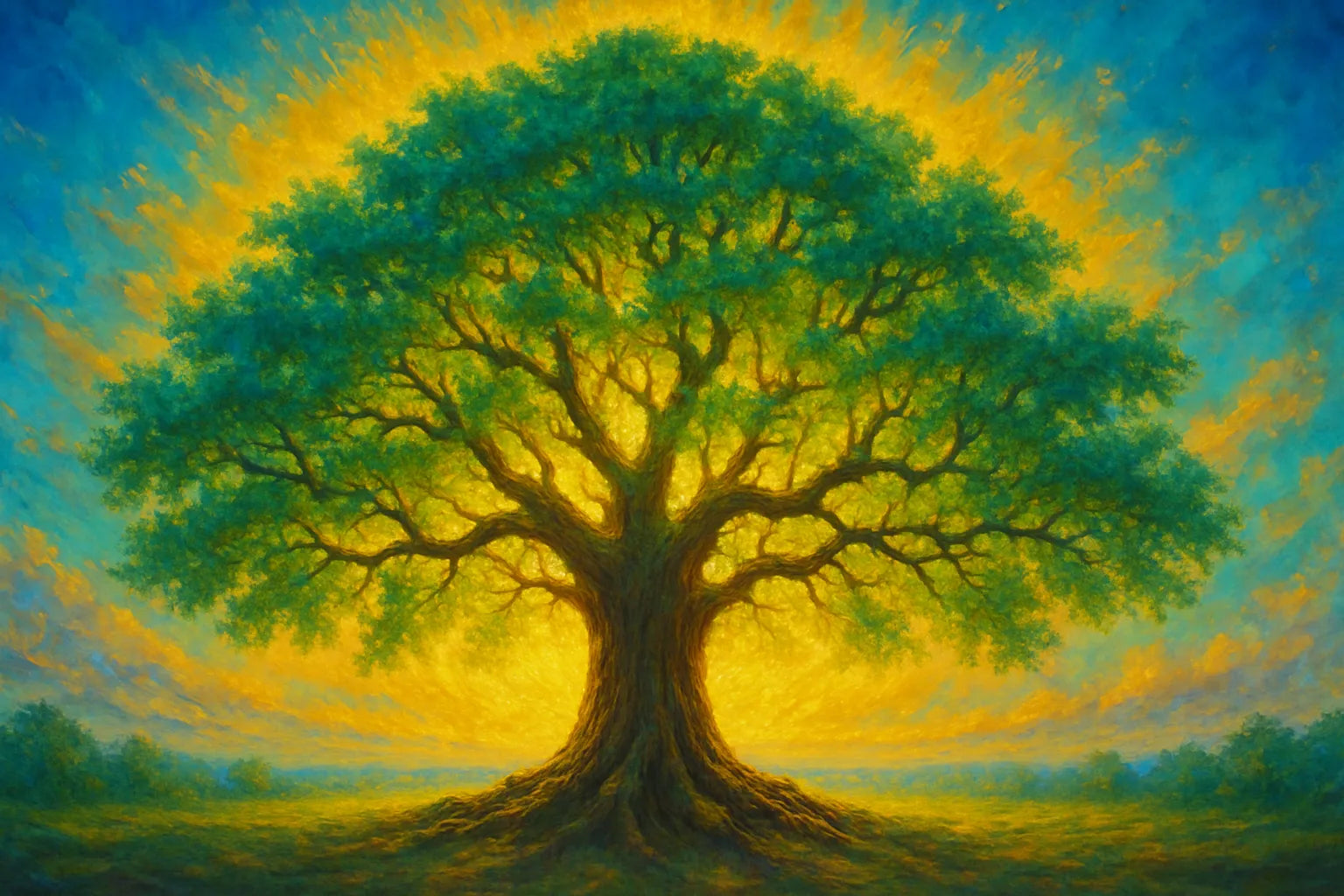
The Tree of Life in Religions: Symbols and Interpretations
A universal symbol with deep roots
Since the dawn of time, trees have fascinated humanity. They connect us to the earth through their roots and to the sky through their branches, shelter us, nourish us, and inspire us. Among them, the Tree of Life occupies a very special place. Present in myths, religious texts, and spiritual traditions around the world, it embodies both creation, knowledge, immortality, and cosmic balance.
But what does the Tree of Life really mean in the different religions? Why does this symbol reappear again and again, sometimes in very different forms, in cultures as distant as ancient Orient, the Abrahamic traditions, or Asian philosophies?
In this article, we will dive into the heart of this millennia-old mystery, explore the religious symbolism of the Tree of Life in various beliefs, and uncover often little-known but fascinating information.
Want a general introduction before delving into the religious dimension? Discover the Meaning of the Tree of Life and its benefits.
The Tree of Life and spirituality: roots in all civilizations
Before entering religious interpretations, one must understand that the Tree of Life did not originate with the monotheistic religions. It is much older, and its symbolism roots itself in the founding myths of the world’s oldest civilizations.
In ancient Mesopotamia, for example, the sacred tree represented a link between gods and humans. The Sumerians already spoke of a tree connecting heaven and earth, just as the ancient Egyptians did, seeing in it an axis of the world supporting the universe.
Among the Celts, the sacred tree—often an oak—stood at the center of the village and served as a spiritual link to the ancestors. It symbolized the continuity of life and the interconnection of all things.
To better understand the deep origins of this symbol, the article Origin and spiritual meaning of the Tree of Life in belief systems offers a more comprehensive exploration.
The Tree of Life in Judaism: mysticism and creation
In Jewish tradition, the Tree of Life appears in several foundational accounts. One of the most famous is that of the Garden of Eden, where the Tree of Life stands beside the Tree of Knowledge of good and evil. It then represents eternity, original purity, and the promise of perfect life.
But it is in the Kabbalah—the mystical tradition of Judaism—that the Tree of Life takes on an even more symbolic dimension. It becomes the schema of creation, made up of ten spheres called Sephiroth, which represent the different divine energies at the origin of the world.
This “Etz HaChaim,” or Tree of Lives, is a cosmic model. Each sphere is linked to a divine quality (wisdom, strength, beauty, etc.), and the paths connecting them symbolize the spiritual journey of the soul toward union with the divine.
This structure, far more than a mere symbol, is a map of human consciousness and its spiritual evolution.

Christianity: a symbol of resurrection and salvation
Christianity inherits the symbol of the Tree of Life from Genesis, but gives it new meaning through the figure of Christ. The Tree of Life becomes a symbol of resurrection, salvation, and eternal life.
In some theological interpretations, the Tree of Life is seen as a prefiguration of the Cross, itself a source of redemption and new life. It is no longer just a garden tree but becomes a Tree of Faith, planted in the hearts of believers.
In medieval Christian art, the Tree of Life is often depicted as a sacred tree bearing fruits of wisdom, justice, and love. It unites heaven and earth, reminding us that divinity is present in the world while transcending it.
You can deepen this dimension in our article: Meaning of the Tree of Life in Christianity

The Tree of Life in Islam: between divine knowledge and celestial mystery
The Tree of Life also holds a special place in Islamic imagination, though it does not serve exactly the same function as in other traditions. In classical Islamic sources and oral traditions, several accounts mention a tree at the edge of the heavens, marking the limits of human knowledge and celestial creatures.
This symbol refers to a connection between creation and the Creator, between what is apparent and what belongs to mystery. Some Muslim scholars and spiritual thinkers see it as a Tree of Divine Knowledge, inaccessible in its entirety, but whose leaves hold the secrets of the universe.
In certain Sufi traditions, the Tree of Life also symbolizes the inner growth of the believer, their progressive ascent through knowledge of self and God. It is a metaphor for the spiritual quest, the soul’s climb toward the light.
To learn more about this particular perspective, discover our article: What does the Tree of Life mean in Islam?
Buddhism and Hinduism: a path to enlightenment
In the dharmic religions such as Buddhism and Hinduism, the tree also plays a central role but with yet different meanings.
In Buddhism, it is under a sacred fig tree, the famous Bodhi Tree, that Siddhartha Gautama attained Enlightenment. From then on, this tree becomes the symbol of inner liberation, the triumph over ignorance and desire.
Here the tree is not only seen as a link between worlds but as a place of direct spiritual experience, a living temple. It symbolizes endurance, inner peace, and the quest for truth.
In Hinduism, the cosmic tree—often identified as Kalpavriksha—is a mythical tree that grants wishes, a celestial tree planted in Indra’s paradise. It is also associated with the creation of the world and the flow of energy in the human body through the chakras.
In this tradition, the tree thus represents abundance, immortality, and support of the universe.
Feng Shui and the Tree of Life: activating the energies of the universe
In Chinese thought, and particularly in Feng Shui, the Tree of Life is an energy activator. It is used to attract abundance, protect the home, strengthen relationships, and foster harmony.
Each part of the tree—roots, trunk, branches—corresponds to an aspect of human life: the roots for family, the trunk for health, the branches for projects and social relationships. Placing it in a certain spot in the home or office allows one to harmonize energies and enhance specific areas of life.
Tree of Life representations made from natural stones, like those we offer on our site, combine Feng Shui principles with the vibrational benefits of crystals.
To learn more about these customs and practices, consult our article: Tree of Life and Feng Shui: Meaning, Usage, and Customs

Comparison of religious interpretations: a bridge between beliefs
| Religion | Main meaning of the Tree of Life | Symbolic function |
|---|---|---|
| Judaism | Pattern of divine creation (Kabbalah) | Mystical, cosmic |
| Christianity | Eternal life, resurrection, faith | Salvation, redemption |
| Islam | Divine mystery, celestial boundary, spiritual knowledge | Connection to the Creator |
| Buddhism | Enlightenment, inner liberation | Illumination, peace |
| Hinduism | Cosmic tree, abundance, chakra | Creation, vitality |
| Feng Shui | Balance, energy, harmony in living space | Prosperity and well-being |
Despite different contexts and theologies, one thing stands out: the Tree of Life connects the earthly with the celestial, the human with the divine, and the visible with the invisible.
Conclusion: A living symbol at the heart of our spiritual quest
Whether in the form of a sacred fig, a mystical tree, or a cosmic schema, the Tree of Life is much more than mere ornamentation. It is the mirror of our own journey, our personal growth, and our need for harmony.
In all religions, it embodies the idea of a higher order, eternal wisdom, and a life that never ceases to grow. A symbol that, despite its many faces, reminds us that we are all part of the same tree… with infinite branches.
👉 To continue your exploration, don’t miss our article: Meaning of the Tree of Life in different cultures
For further information:
FAQ – Frequently Asked Questions about the Tree of Life in religions
1. What is the meaning of the Tree of Life in major religions?
The Tree of Life symbolizes creation, the union between heaven and earth, and eternal life. It takes on specific spiritual meanings in each religion.
2. Is the Tree of Life mentioned in the Bible?
Yes, it is mentioned in Genesis as the Tree of Life in the Garden of Eden, symbolizing eternal life and divine proximity.
3. What does the Tree of Life represent in Jewish Kabbalah?
In Kabbalah, the Tree of Life is a mystical structure of ten spheres (Sephiroth) representing aspects of divine creation.
4. Does the Tree of Life have significance in Islam?
Yes, it symbolizes divine knowledge, the limit of human understanding, and the link between creation and its spiritual origin.
5. Why is Buddha associated with a tree?
Buddha attained Enlightenment under the Bodhi Tree, which became a symbol of illumination and inner peace in Buddhism.
6. What is the significance of the Tree of Life in Feng Shui?
It is used as a symbol of harmony, prosperity, and energetic balance in the home or workplace.
7. Is the Tree of Life a universal symbol?
Yes, it appears in many cultures and religions. It symbolizes life, growth, harmony, and the connection between heaven and earth.
8. Can one wear a Tree of Life as jewelry for its benefits?
Absolutely. Many wear it as a pendant to symbolize grounding, protection, and personal harmony.
Suggested Products
Best products


